When planning trips to world-famous destinations, travelers often focus on checking major landmarks off their bucket lists. However, the authentic heart of any city typically beats not in its crowded tourist attractions but along its lesser-known side streets, where locals congregate, hidden gems flourish, and genuine cultural experiences await.
Here is a list of 20 cities around the world where you might come for the iconic landmarks but find yourself enchanted by the charming side streets that reveal the true essence of each destination.
The French Quarter, New Orleans, USA
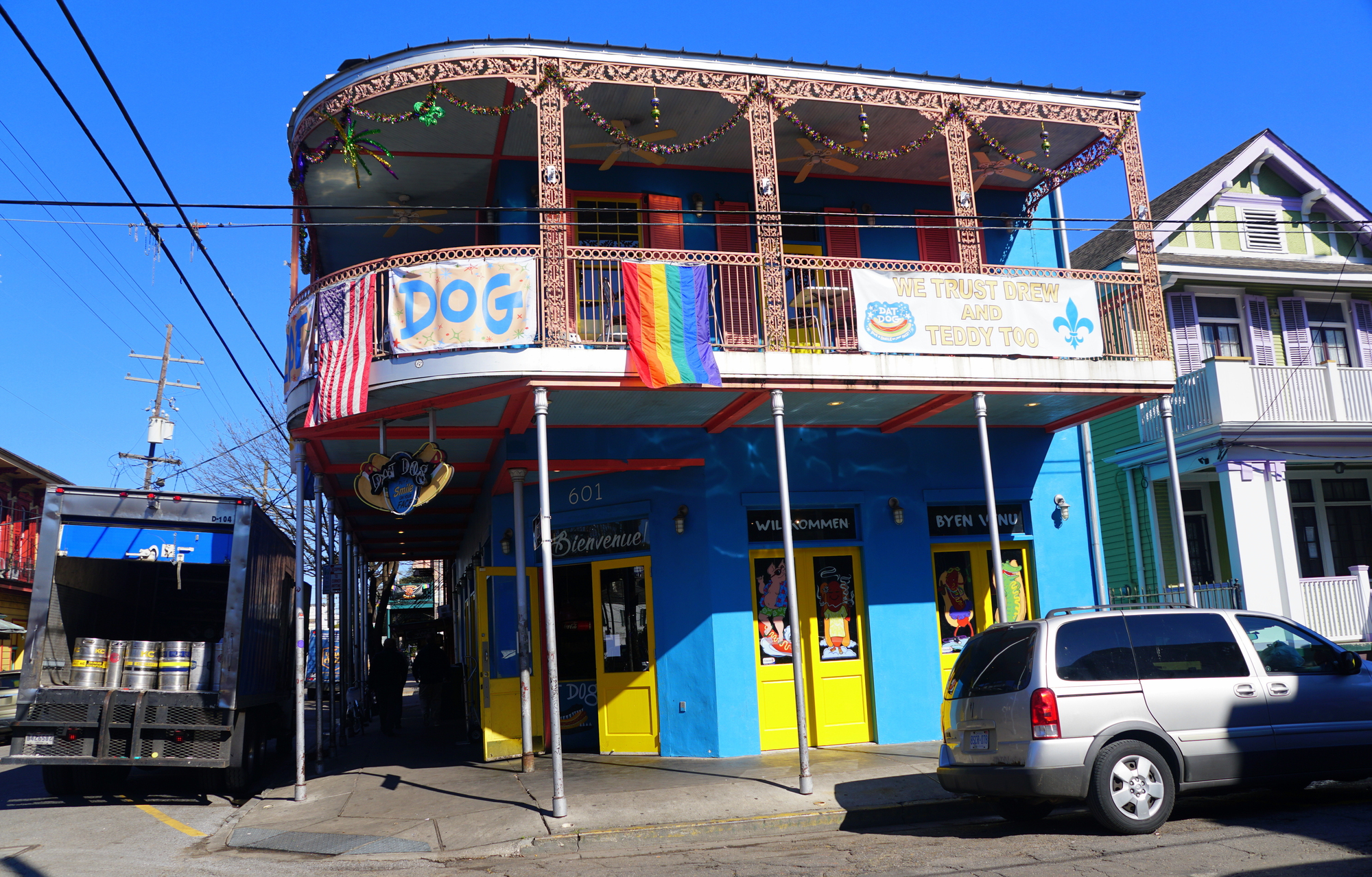
Tourists flood Bourbon Street for its notorious nightlife, but just a block away, Royal Street offers a completely different New Orleans experience. This elegant thoroughfare features pristine antique shops, local artist galleries, and courtyard cafés where jazz musicians perform impromptu afternoon sessions.
The wrought-iron balconies overhead provide welcome shade as you wander past 18th-century buildings housing everything from family-owned jewelry stores to boutique hotels.
Campo de’ Fiori, Rome, Italy

While the Colosseum draws millions of visitors annually, Rome’s true character emerges in areas like the side streets surrounding Campo de’ Fiori. These narrow cobblestone pathways reveal family-run trattorias where grandmothers still make pasta by hand and locals gather for evening aperitivo.
The building walls tell stories through centuries of weathering, ancient inscriptions, and the occasional shrine to the Madonna tucked into unexpected corners.
Like Travel Pug’s content? Follow us on MSN.
Old Town, Prague, Czech Republic

Prague Castle dominates the skyline, but the winding medieval streets of Malá Strana (Lesser Town) capture Prague’s soul. These quiet lanes feature amber-lit taverns pouring perfectly crafted Czech pilsners and tiny workshops where artisans continue centuries-old traditions.
The pastel-colored buildings and hidden gardens create an almost fairytale atmosphere, especially in early morning before day-trippers arrive or during winter when snow blankets the cobblestones.
French Concession, Shanghai, China

The futuristic skyline of Pudong with its Oriental Pearl Tower might define Shanghai’s ambition, but the tree-lined streets of the former French Concession showcase its charm and history. These quiet lanes feature Art Deco villas converted into boutique shops and cafés where you can watch Shanghai life unfold at a gentler pace.
The blend of Chinese and European architectural influences creates a uniquely Shanghai aesthetic that feels worlds away from the city’s gleaming skyscrapers.
La Candelaria, Bogotá, Colombia
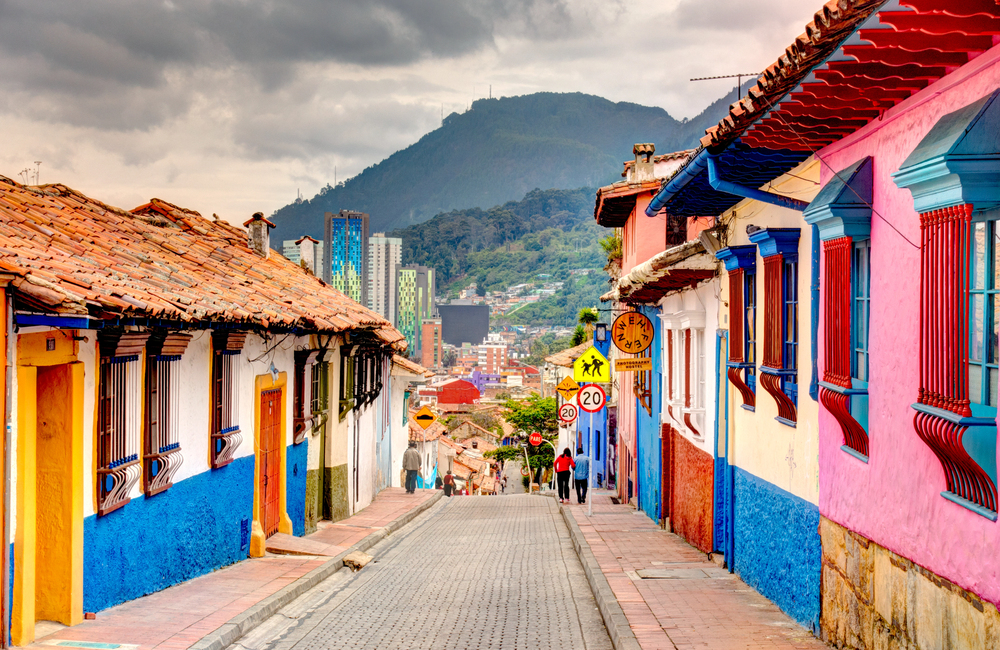
Tourists visit Plaza Bolívar for its grand cathedral and government buildings, but Bogotá’s historic La Candelaria district holds treasures down every colorful side street. Vibrant street art transforms ordinary walls into social commentary, while tiny coffee shops serve single-origin Colombian brews from small family farms.
The colonial architecture, with its wooden balconies and terracotta roofs, creates a backdrop that contrasts wonderfully with the modern energy of the city’s modern art scene.
Like Travel Pug’s content? Follow us on MSN.
Gion District, Kyoto, Japan
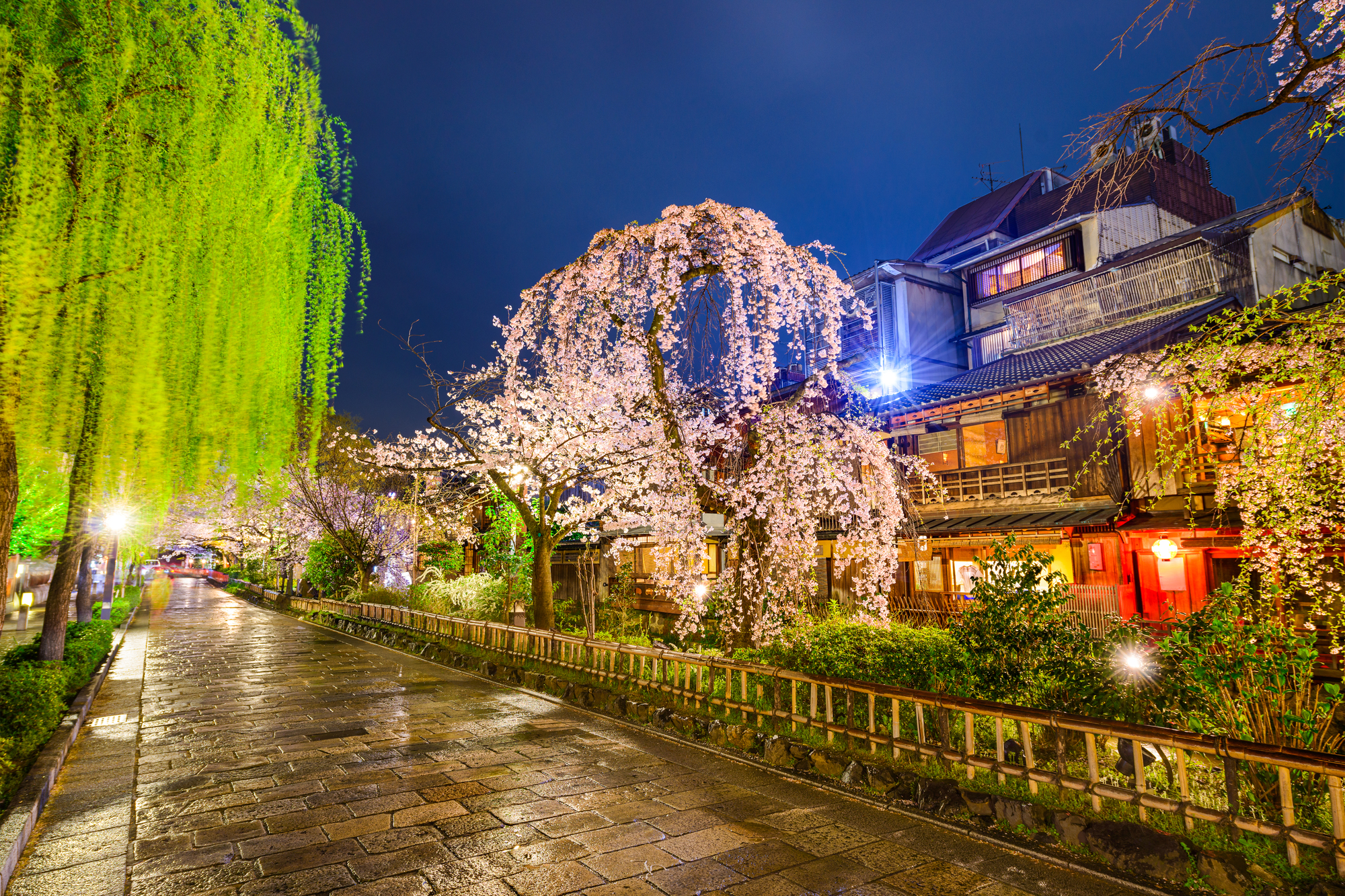
While Kinkaku-ji (the Golden Pavilion) draws camera-toting crowds, Kyoto’s traditional essence lives in the wooden machiya houses lining the narrow streets of Gion. These atmospheric alleyways offer glimpses of geisha hurrying to appointments at exclusive teahouses and restaurants where seasonal kaiseki cuisine elevates dining to an art form.
The perfectly preserved architecture creates an immersive experience of old Japan, especially during evening hours when lanterns glow warmly on the stone pathways.
Gothic Quarter, Barcelona, Spain

La Sagrada Família amazes with its architectural audacity, but Barcelona’s soul resides in the labyrinthine streets of the Gothic Quarter. These medieval passageways hide family-run vermuterías serving house-made vermouth on tap and tiny workshops where leather artisans continue traditions passed down through generations.
The buildings nearly touch overhead, creating cool, shaded thoroughfares that offer welcome relief from the Mediterranean sun.
Neve Tzedek, Tel Aviv, Israel

Tourists flock to Tel Aviv’s famous beaches, but the city’s first neighborhood, Neve Tzedek, offers a completely different experience in its narrow, winding streets. This area features restored Ottoman-era buildings now housing designer boutiques, artisanal ice cream shops, and cafés where locals linger for hours over strong coffee.
The neighborhood feels like a village within the city, with bougainvillea spilling over walls and street musicians providing a soundtrack to evening strolls.
Like Travel Pug’s content? Follow us on MSN.
Fitzroy, Melbourne, Australia

The Royal Botanic Gardens attract nature lovers, but Melbourne’s true cultural heartbeat pounds in the street art-covered laneways of Fitzroy. These narrow passages feature third-wave coffee roasters, vinyl record stores, and constantly evolving murals that transform ordinary walls into extraordinary canvases.
The Victorian-era buildings provide a historical framework for the thoroughly modern, creative energy that defines Melbourne’s most distinctive neighborhood.
Old Havana, Cuba
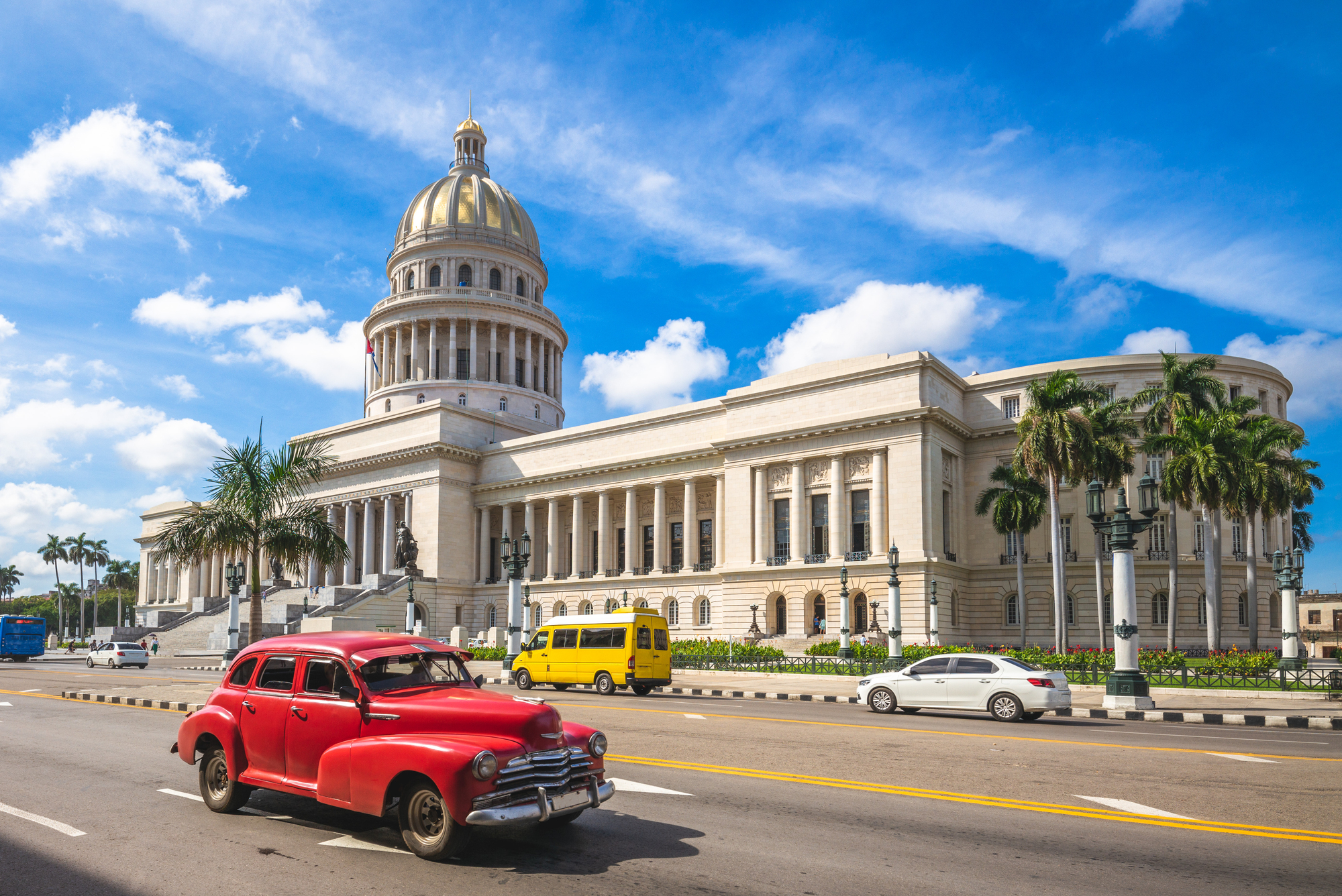
The iconic Malecón seawall draws photographers, but Old Havana’s narrow side streets offer the authentic Cuban experience. These vibrant thoroughfares feature residents playing dominoes on card tables, musicians practicing their craft, and laundry fluttering from balconies like colorful flags.
The crumbling grandeur of colonial architecture creates a backdrop that feels frozen in time yet very much alive with the daily rhythms of Cuban life.
Montmartre, Paris, France

Sacré-Cœur Basilica commands attention from its hilltop perch, but the true Parisian atmosphere emerges in Montmartre’s winding streets. These sloping lanes feature hidden vineyards, artist studios where the bohemian spirit persists, and neighborhood bistros serving classic French fare without tourist markups.
The village-like feel contrasts dramatically with the grand boulevards of central Paris, offering a more intimate city experience.
Like Travel Pug’s content? Follow us on MSN.
Alfama, Lisbon, Portugal
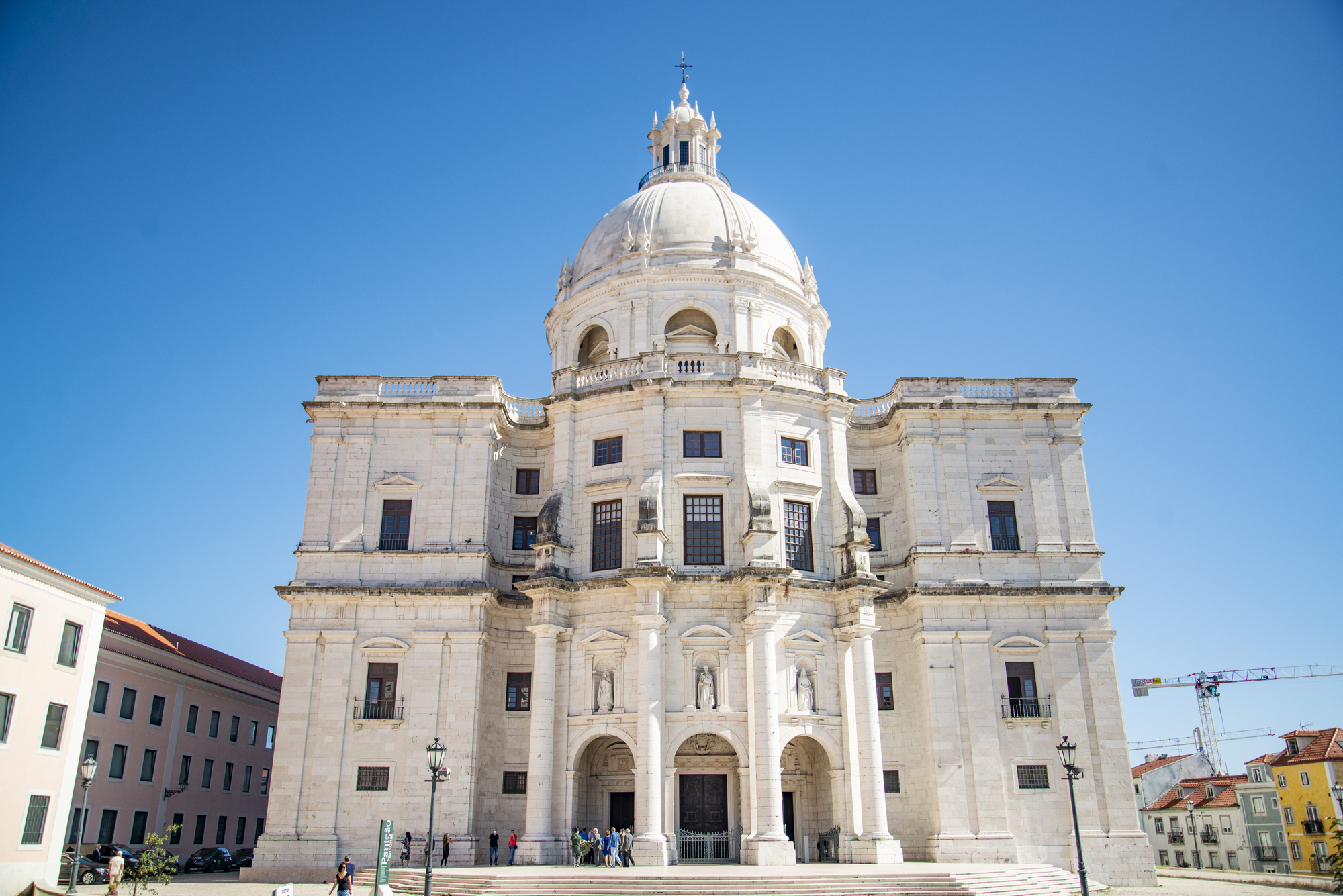
São Jorge Castle draws visitors for its panoramic views, but Lisbon’s soul resides in the narrow, climbing streets of Alfama. These ancient pathways feature tiny bars where haunting fado music spills into the night and residents chat from opposing windows above the narrow alleys.
The azulejo-tiled building facades add splashes of blue to the terracotta landscape, creating a visual feast that complements the neighborhood’s compelling soundscape.
Shimokitazawa, Tokyo, Japan
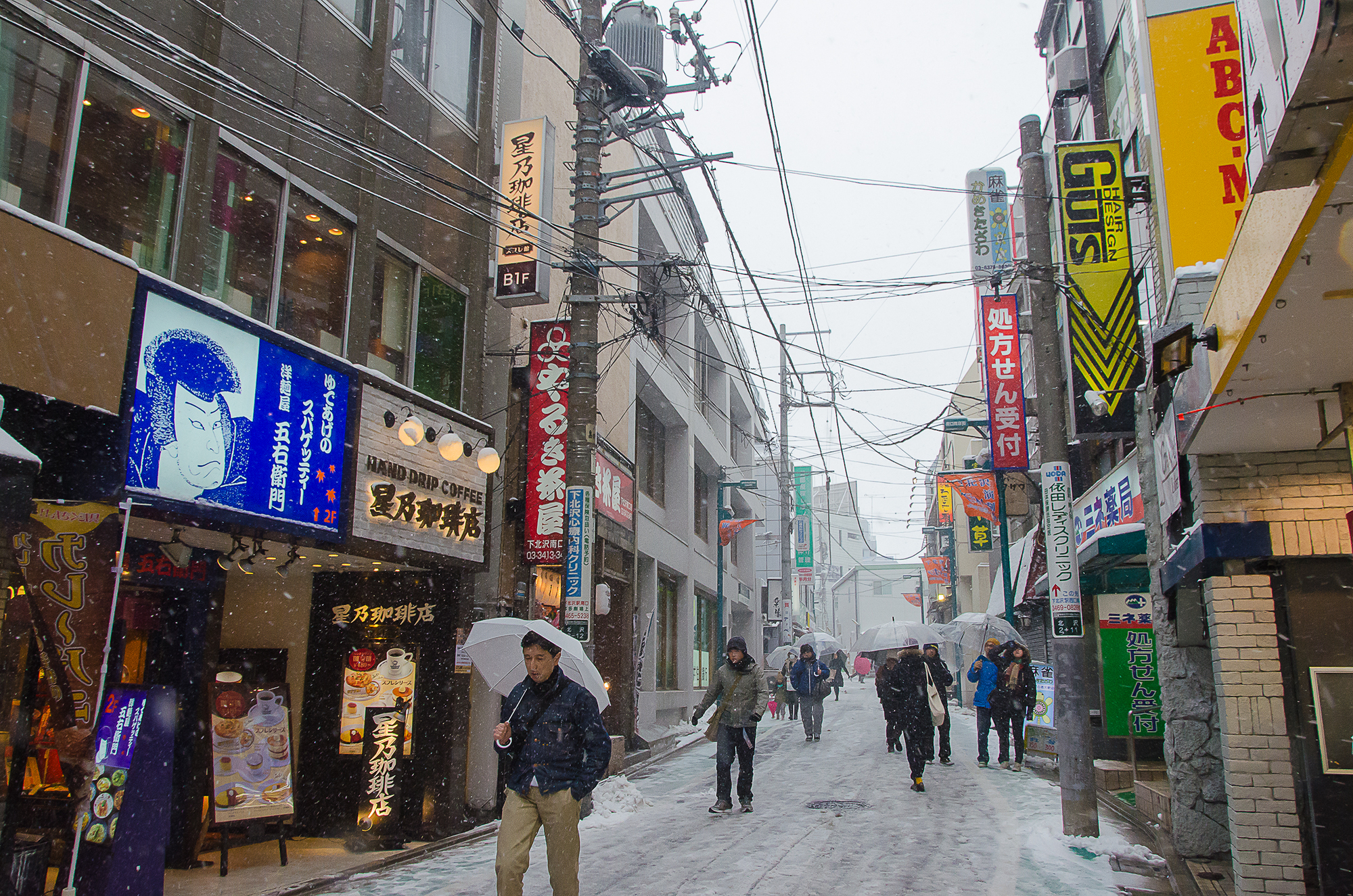
While Shibuya Crossing represents Tokyo’s famous hustle, the narrow streets of Shimokitazawa showcase a completely different side of the city. This pedestrian-friendly neighborhood features vintage clothing shops, tiny independent theaters, and record stores where music lovers spend hours flipping through perfectly organized vinyl collections.
The laid-back atmosphere feels refreshingly analog in a city often defined by technological advancements.
Marrakech Medina, Morocco

The famous Jemaa el-Fnaa square bustles with activity, but the true magic of Marrakech hides within the labyrinthine streets of the ancient medina. These narrow passageways reveal artisans hammering copper into intricate lanterns, hidden riads with peaceful interior courtyards, and spice merchants creating towers of colorful powders.
The sensory experience is all-encompassing – fragrances of mint tea and tagine spices mingle with the sounds of merchants negotiating and the cool touch of ancient walls.
Like Travel Pug’s content? Follow us on MSN.
Trastevere, Rome, Italy

The Vatican draws religious pilgrims and art lovers alike, but across the Tiber River, Trastevere’s meandering streets showcase Rome at its most authentic. These characterful lanes feature ivy-covered trattorias where locals dine late into the evening and centuries-old churches containing overlooked artistic masterpieces.
Despite increasing popularity, the neighborhood maintains its working-class roots, creating a refreshingly unpretentious atmosphere in a city known for its grandeur.
Insadong, Seoul, South Korea

Tourists visit Gyeongbokgung Palace for its imperial splendor, but Seoul’s artistic soul emerges in the winding alleyways of Insadong. These pedestrian-friendly passages feature traditional tea houses serving drinks in handmade ceramic cups and shops specializing in hanji paper goods and folk crafts.
The blend of preserved hanok architecture alongside contemporary Korean design showcases the country’s commitment to honoring traditions while embracing modernity.
Jordaan, Amsterdam, Netherlands

While canal cruises and the Anne Frank House draw crowds, Amsterdam’s laid-back character shines in the quiet streets of the Jordaan neighborhood. These picturesque lanes feature hidden hofjes (courtyard gardens), specialty shops selling everything from cheese to vintage posters, and brown cafés where locals gather for gezelligheid (coziness).
The area feels quintessentially Dutch without the tourist overlay that dominates parts of the central canal ring.
Like Travel Pug’s content? Follow us on MSN.
Bo-Kaap, Cape Town, South Africa
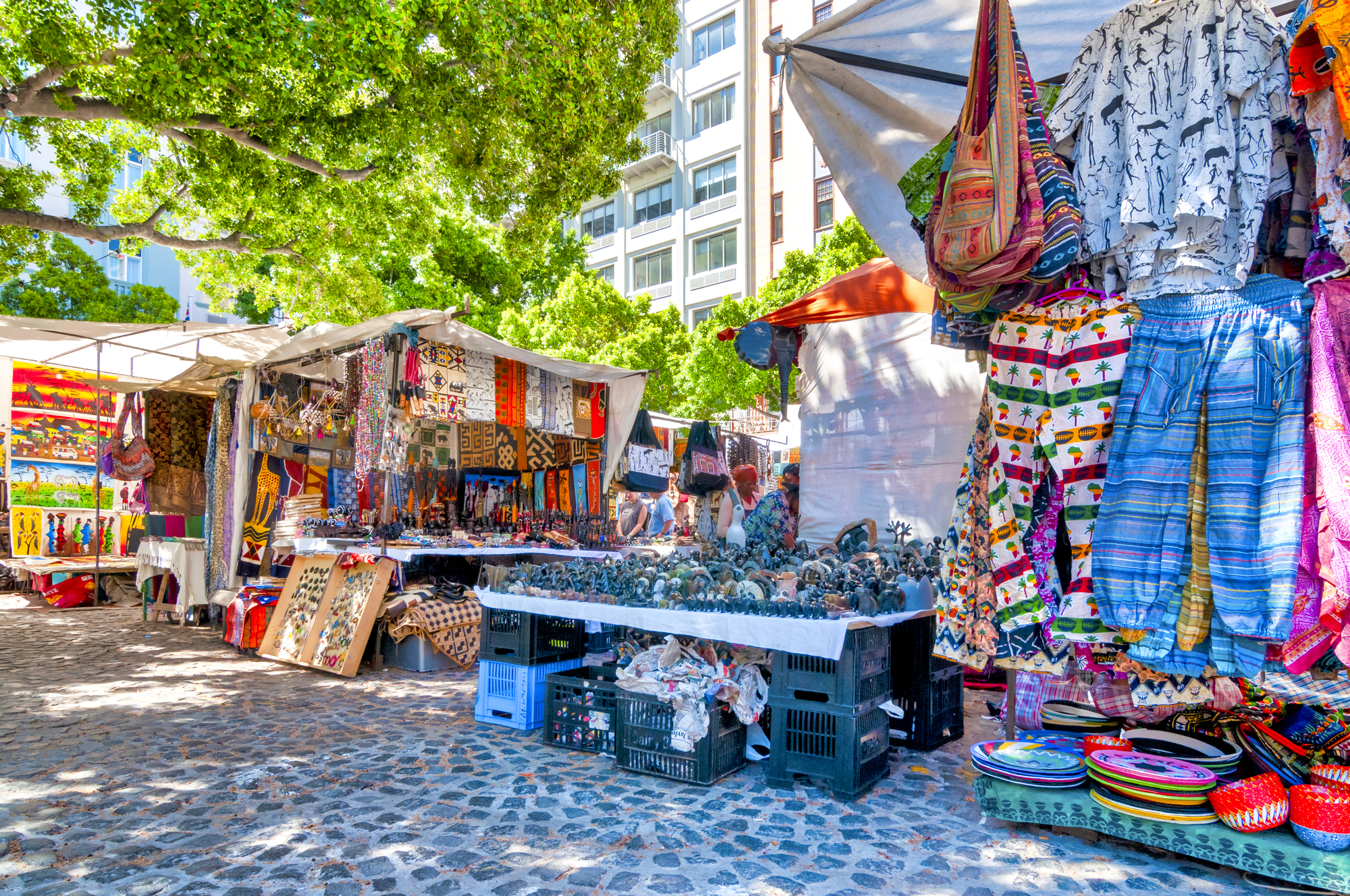
Table Mountain dominates Cape Town’s skyline, but the city’s vibrant spirit comes alive in the colorful streets of Bo-Kaap. These steep cobblestone lanes feature brightly painted houses in rainbow hues, spice shops filling the air with exotic aromas, and small restaurants serving authentic Cape Malay cuisine.
The neighborhood’s distinct cultural heritage as home to Cape Town’s Muslim community adds rich layers to South Africa’s diverse identity.
Georgetown, Penang, Malaysia
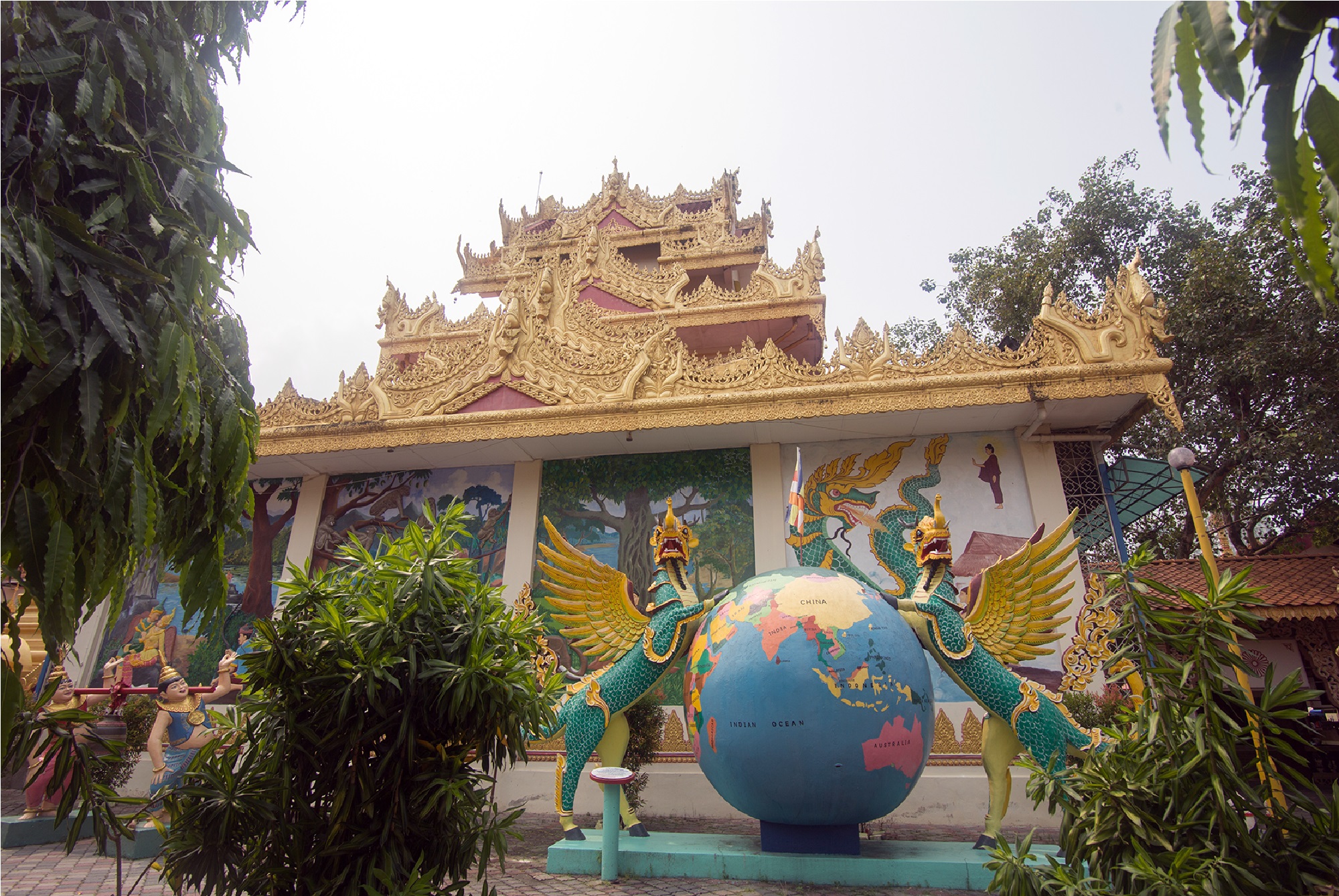
Tourists visit Kek Lok Si Temple for its impressive architecture, but Penang’s unique character emerges in Georgetown’s atmospheric side streets. These narrow lanes feature perfectly preserved shophouses, world-class street art installations, and family-run hawker stalls serving legendary Malaysian cuisine.
The multicultural influences – Chinese, Indian, Malay, and British colonial – create a fascinating architectural and culinary tapestry unlike elsewhere in Southeast Asia.
Plaka District, Athens, Greece
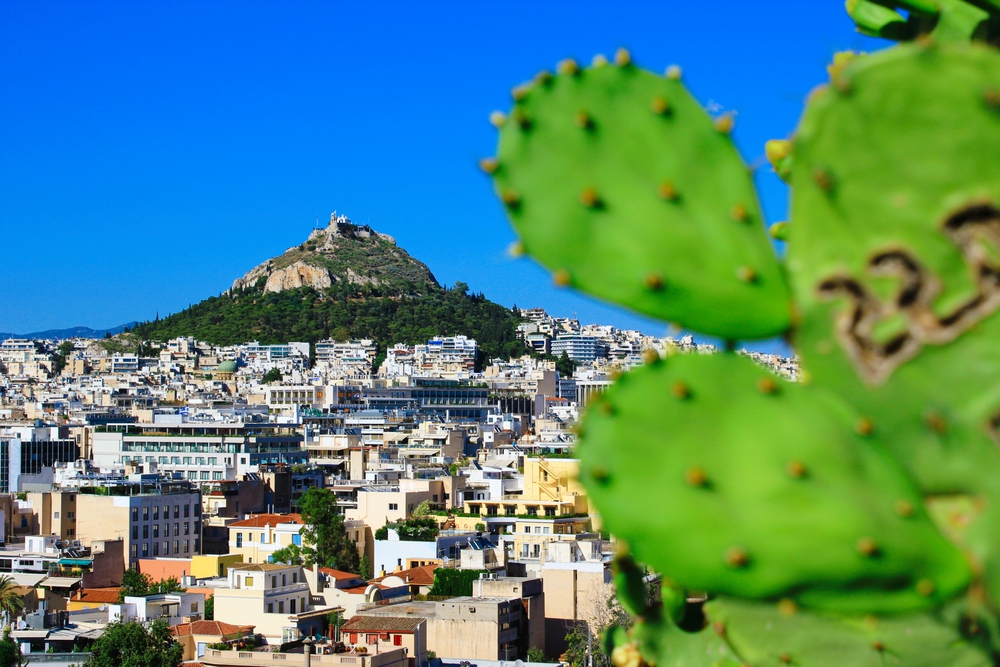
The Acropolis and Parthenon draw history enthusiasts from across the globe, but Athens reveals its modern character in the winding streets of the Plaka district. These narrow pedestrian pathways feature family-run tavernas serving traditional Greek meze, artisan shops selling handcrafted jewelry, and neoclassical buildings adorned with cascading bougainvillea.
The neighborhood sits in the literal shadow of the Acropolis yet maintains its distinct atmosphere where contemporary Athenian life unfolds against an ancient backdrop, creating a living timeline of Greek civilization from antiquity to the present day.
Like Travel Pug’s content? Follow us on MSN.
Beyond the Guidebook

The true essence of travel often lies in these unscripted moments of discovery, when you turn down an unmarked alley and stumble upon scenes of everyday life untouched by tourism.
These side streets remind us that cities are living entities with rich, complex personalities that can’t be fully appreciated through landmark checklist tourism alone. The best travel advice isn’t about which famous sites to see but which direction to wander after seeing them.
More from Travel Pug

- Cities Growing so Fast You Won’t Recognize Them in 10 Years
- 13 Destinations Where Tourists Regularly Regret Their Trip
- 20 Obscure WWII Sites Even History Buffs Don’t Know About
- 10 Under-the-Radar Mountain Towns That Are Both Affordable and Beautiful
- Remote Villages in Europe Where You Can Live for Free in Exchange for Work
Like Travel Pug’s content? Follow us on MSN.
